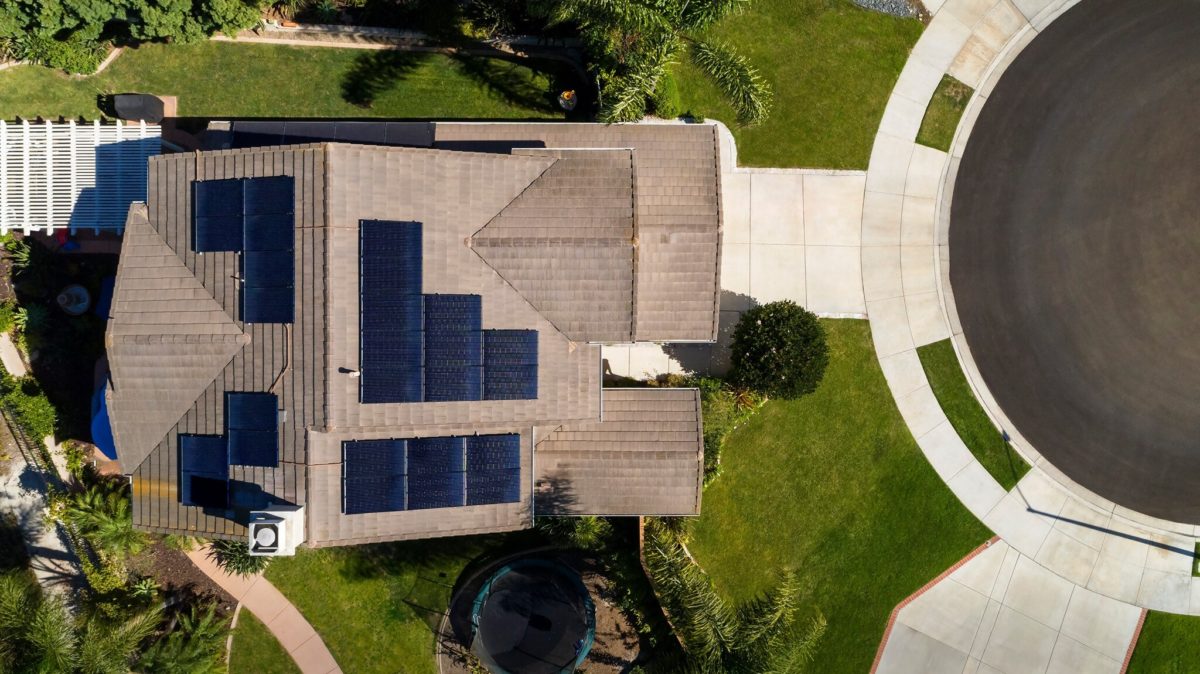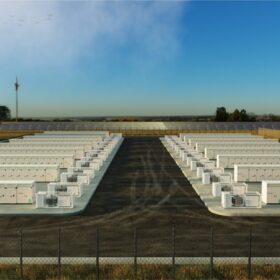Just as scores of renewable energy professionals arrived in Austin, Texas for the RE+ conference, Texas state senators Charles Schwertner and Phil King introduced nine bills including SB 1270, which would create a new transmission fee and SB 2015, which will require renewable energy companies to subsidize the construction of new fossil fuel plants in Texas.
Included in the nine bills is the proposal for a performance credit mechanism (PCM), which panelists on an RE+ roundtable discussion agreed was undefined and confusing. Essentially, it enables electricity providers to earn credits by having power available when the power grid is under its greatest strain, and credits would be available to dispatchable energy generators, excluding solar and other renewable sources. The bills go next to the Senate for a vote, possibly as early as Thursday, April 6.
“These bills are part of a package of legislation that could grind renewable energy development in Texas to a halt. That would mean more air pollution threatening our health and higher electric bills. We’re counting on the House to reject these”, said Luke Metzger, executive director for Environment Texas.
In recent years, solar power has come on strong in Texas, despite some pushback at the legislative level. There is currently 16 GW of installed solar, or enough solar capacity to power the equivalent of nearly 2 million Texas homes. Solar also provides jobs for over 10,000 Texans, and the Solar Energy Industries Association (SEIA) reports that over $19 billion has been invested in in Texas solar through Q3 2022.
Looking to the future, Texas is on track to unseat California as the state with the most solar capacity. According to the Energy Information Administration (EIA), as much as 36 GW of solar capacity will be added in the next five years, adding on to the 16 GW installed thus far.
While RE+ Texas attendees are optimistic about the future of solar in Texas, building policy to improve resilience is a steady theme throughout the conference. Several sessions referred to the devastation unleashed by winter storm Uri, which caused a deep freeze that resulted in power outages affecting more than 4.5 million people for up to four days.
The outages are considered the cause of most of the 200+ deaths as well as storm damage estimated at approximately $195 billion. The cause was crippled generating units, reduced natural gas production, and frozen wind turbines. The event was a wakeup call for Texas to winterize its infrastructure, and the lessons learned shone a bright light on residential solar-plus-storage.
In the RE+ Texas session, “Reliability & Resilience: How to Have the Best of Both Worlds”, panelists discussed the role of solar and storage in building resiliency and reliability. Steffanie Dohn, director of state and regulatory affairs at SOLV Energy suggests that policy makers take a “more holistic and thoughtful approach,” and that by looking at all of the resources available, determine how to make adjustments to operations. She noted that after winter storm Uri, there was talk of building resilience using renewables, but then many just go back to the comfort of fossil fuels.
This content is protected by copyright and may not be reused. If you want to cooperate with us and would like to reuse some of our content, please contact: editors@pv-magazine.com.









What does anyone expect?
It’s Texas after all.